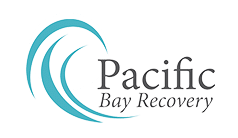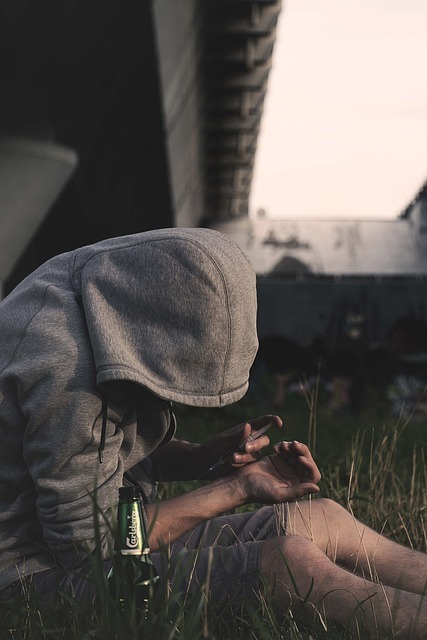The Rise of Opioid Abuse During the Pandemic Lockdown
The last decade saw a huge rise in opioid abuse which, initially, could start from a doctor’s prescription to manage pain, based on some type of accident. For example, workers’ compensation benefits covered pain prescriptions arising from accidents in the workplace. These accidents were very difficult to deal with when it came to pain management when there was a loss of a leg, foot, arm, hand, or another part of the body from machine accidents.
Aside from the physical pain, there was also the emotional pain of loss, especially when a person realized they could never go back to the job they held before the accident. Another sector of people who also fit into this category is the veterans of our wars in the Middle East over the last 20 years who were injured and still suffer pain from these injuries.
The Solitary Existence
When COVID-19 was discovered and recognized as extremely contagious in March of 2020, the add-on solution of lockdowns created another outcome for those taking pain prescriptions – the loneliness of a solitary existence that stretched on, month after month. Meanwhile, loved ones were passing away, either from COVID-19 or from other illnesses, even old age. People could not leave their homes to visit loved ones or even go to funerals.
It is easy to see how people, who relied on connecting with others on a regular basis (which is a healthy aspect of society), when they were reduced to being locked in their homes with little to no help or social engagement, would suffer terribly during the pandemic. It was even worse for those who were technically challenged and had no recourse to a computer or smartphone where they could get on video chats and “visit” with friends and family members. There was also the matter of ordering food from nearby grocery stores, which was easy to do on the computer or smartphone, but more difficult to do by traditional phone where it was harder to make selections for an order. For the elderly, it was a nightmare of frustrations, compounded by a lack of social interactions.
The Fear of Not Having Enough Pain Medication
When it came to pain prescriptions, there was also the problem of whether there was enough medicine in stock to refill a prescription if supply chains (transported by truck, train, or plane) were disrupted or down altogether. Managing your pain became difficult if you only had two pills left and you could not get more supplies in for another week. What you faced at this point was the build-up of pain over days and the possibility of entering into withdrawal without help.
At some point, you might find alternative outlets to purchase what you needed, and you would buy a lot of it to stock up, due to fear of not having enough at another point in time. Given that many companies had shut down, the possibility of not having enough of what you needed when you needed it, was a very likely possibility.
It might also mean you would have taken more than you should have of the opioid prescriptions to soothe, not only physical pain but to calm yourself from the anxiety of living in lockdown and the varied worries that came with such extreme limitations.
The Recovery Process in Today’s Environment
After two years, our social environment has returned to almost normal levels, although there are occasional shortages, and we are now also dealing with inflation. But it is important that if you are taking more than you should of your pain medications, you look into a treatment center that can help you with dropping your current levels of medication or getting off pain medications and using other healthier sources to manage your pain. It is not just about the physical pain you must manage but also your mental approach to how you view and deal with physical pain and understanding that there are other options available to you for achieving a better living environment.
Almost everyone who is currently abusing opioid medications and possibly adding other substances along with pain medication (like alcohol), should look into entering a treatment program. As an inpatient, you will go through a uniquely designed detoxification treatment which can be up to two weeks long, or even a month, depending on the assessments made for both your physical and mental status. Both must be treated at the same time as your mind controls impulses which, in turn, makes you physically desire the substance you abuse.
After the detoxification treatment, you can enter into a number of therapies, such as exercise programs (swimming, a sport, walking) or you may choose to do artwork or anything else which engages your mind and that you enjoy working on. This is part of building strength in avoiding internal and external triggers which lead to you relapsing back into taking drugs again. It is all about changing your environment and helping you regain control over your life again.
Getting Help When You Need it Most
Pacific Bay Recovery can help you with any substance addiction and/or mental issue you might have so you can regain a happy and functional lifestyle again. Call us for a free consultation and to set up an appointment to start getting help as soon as possible. 619-350-8220.


